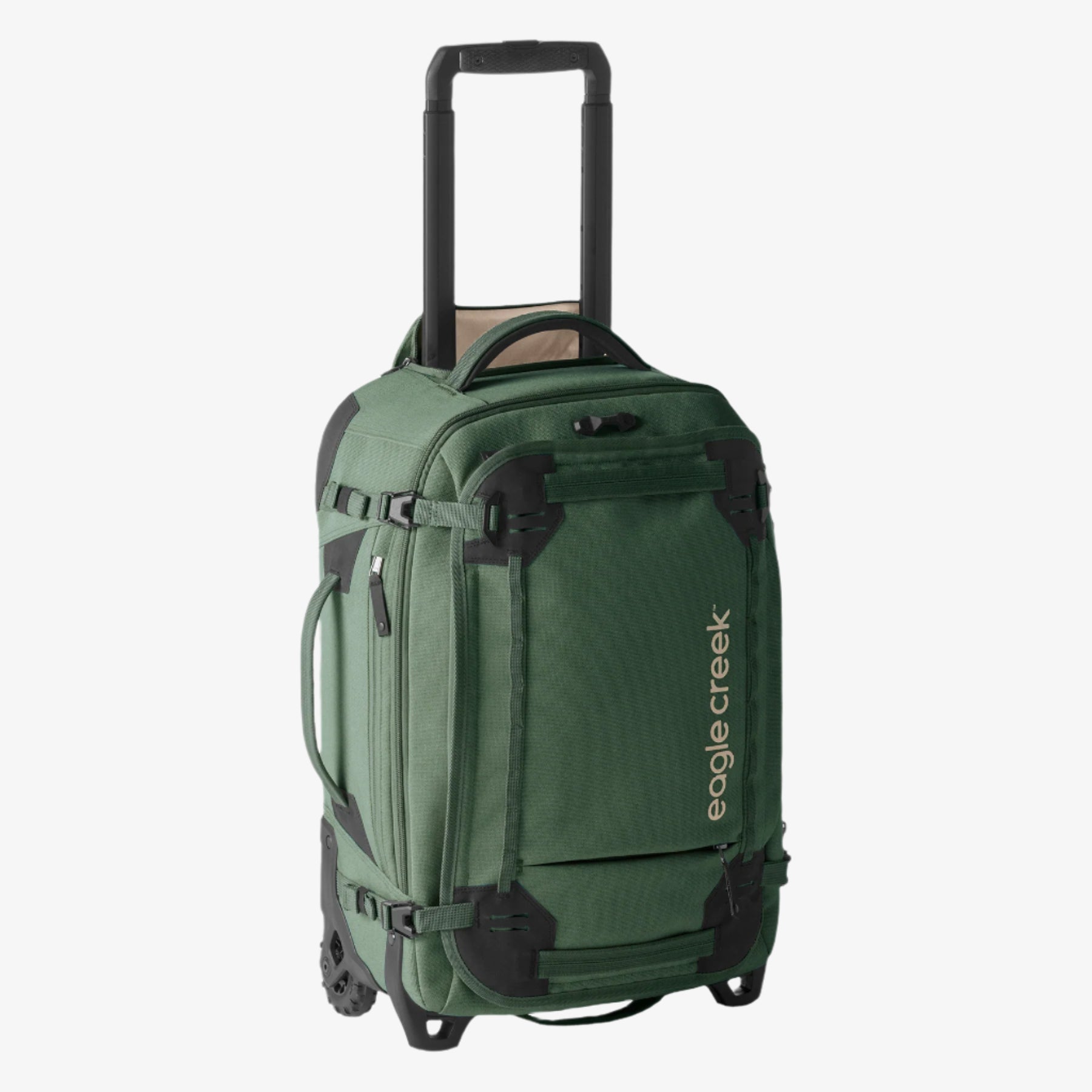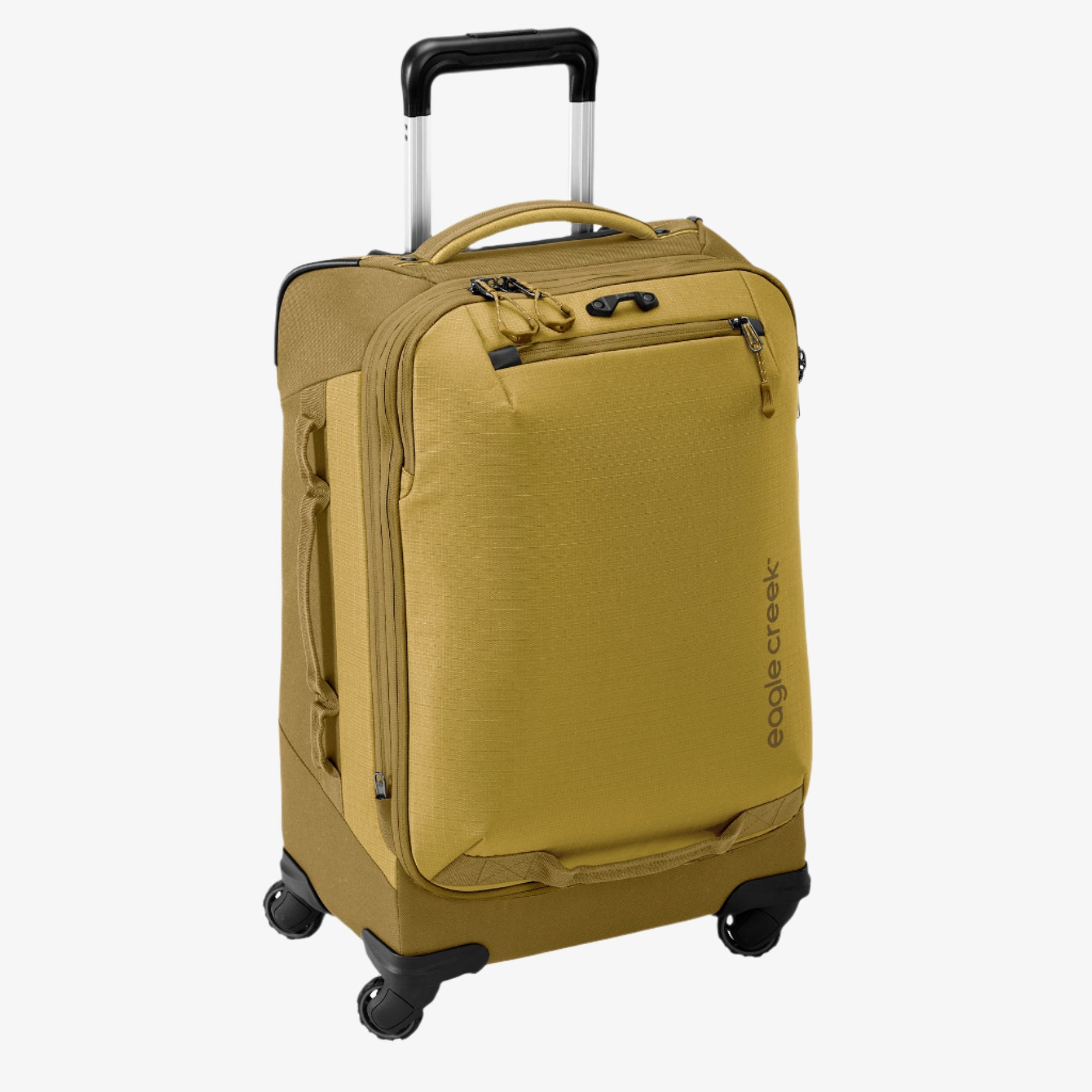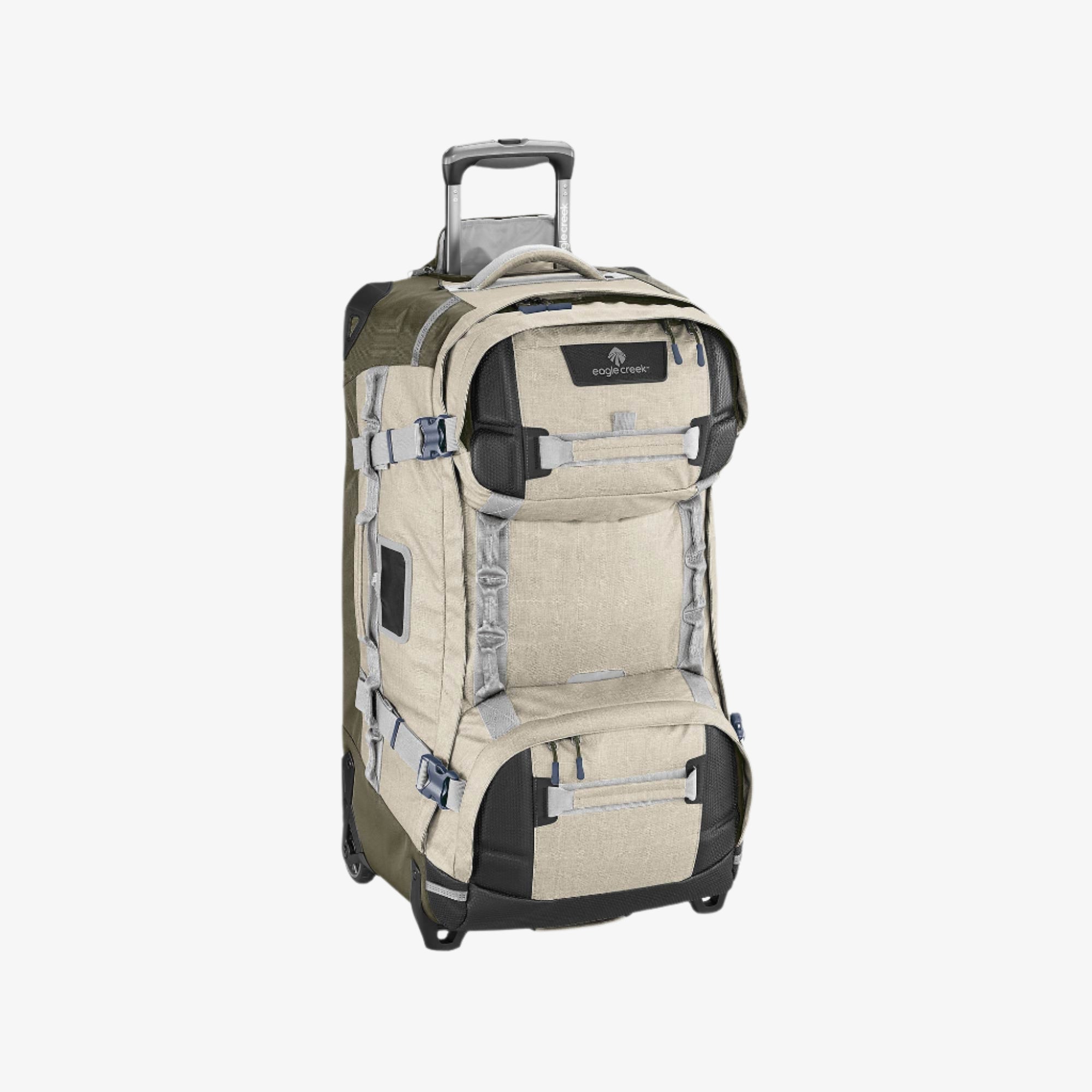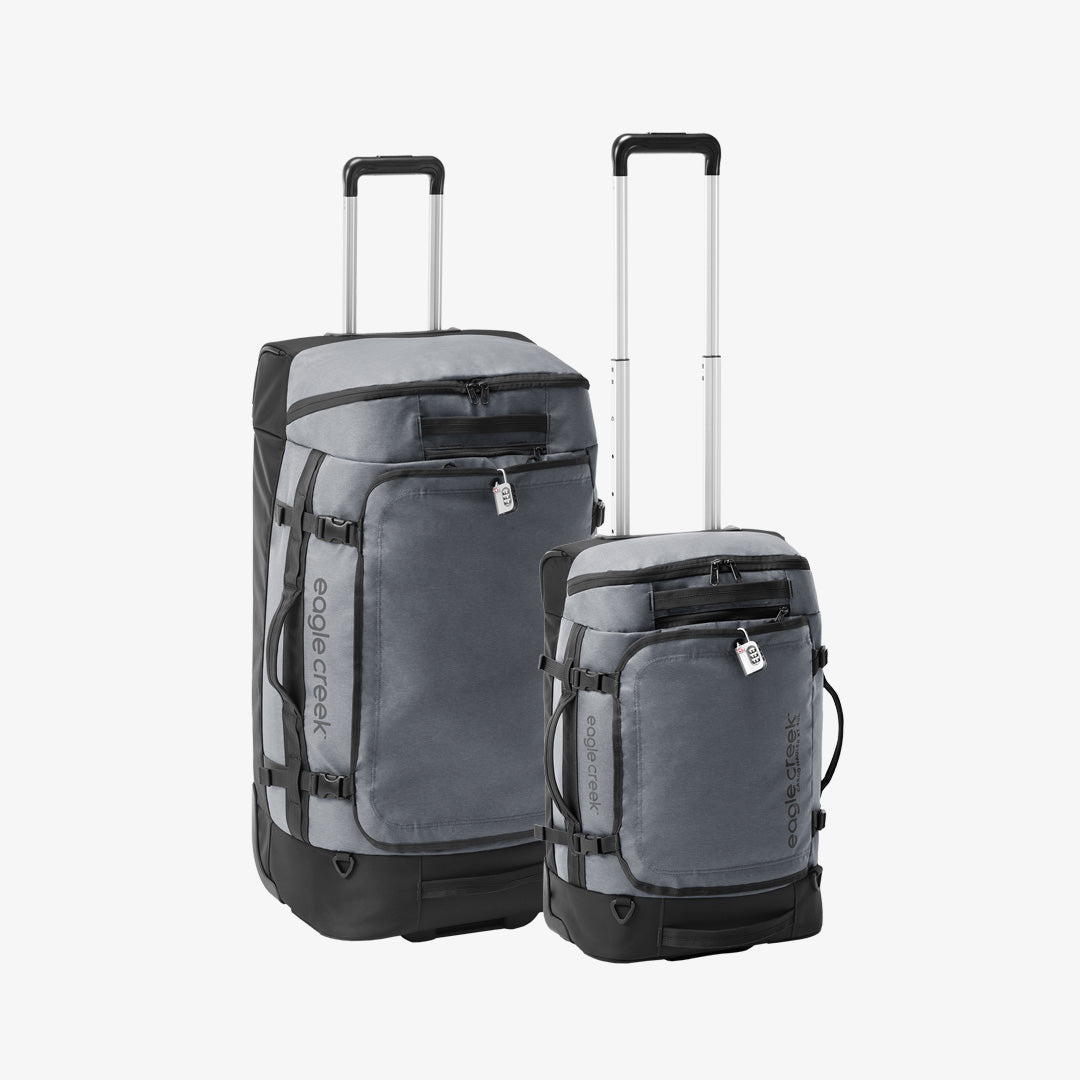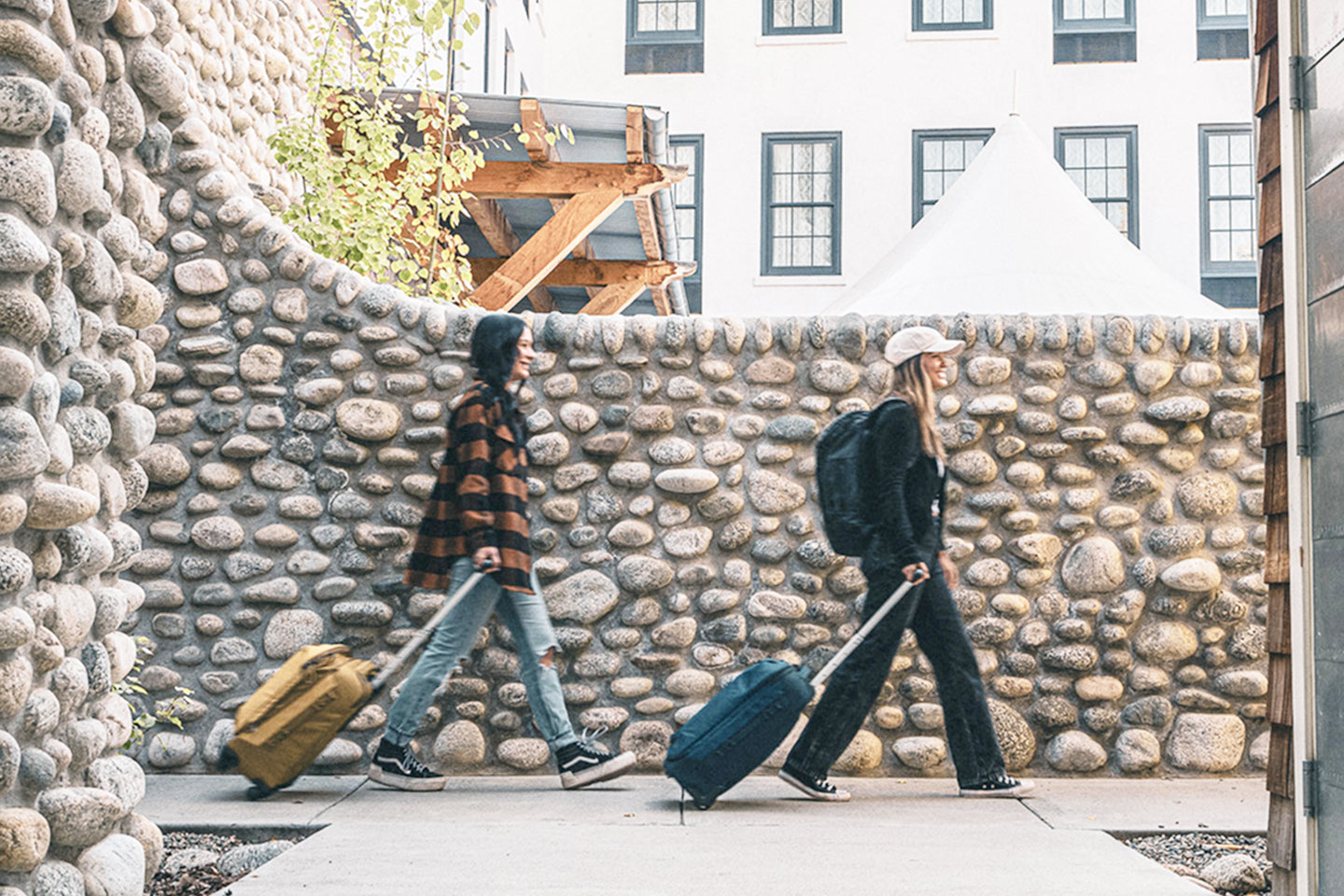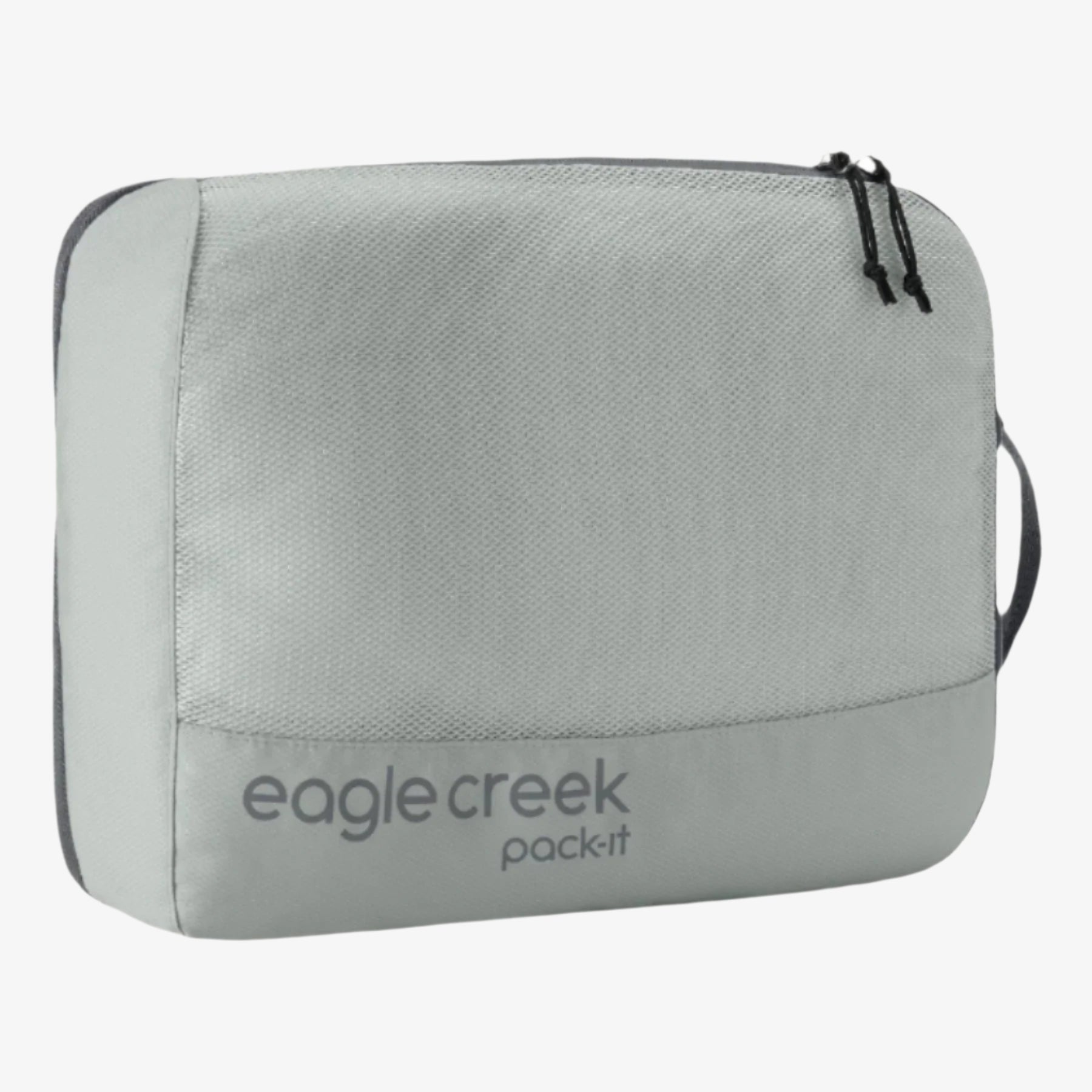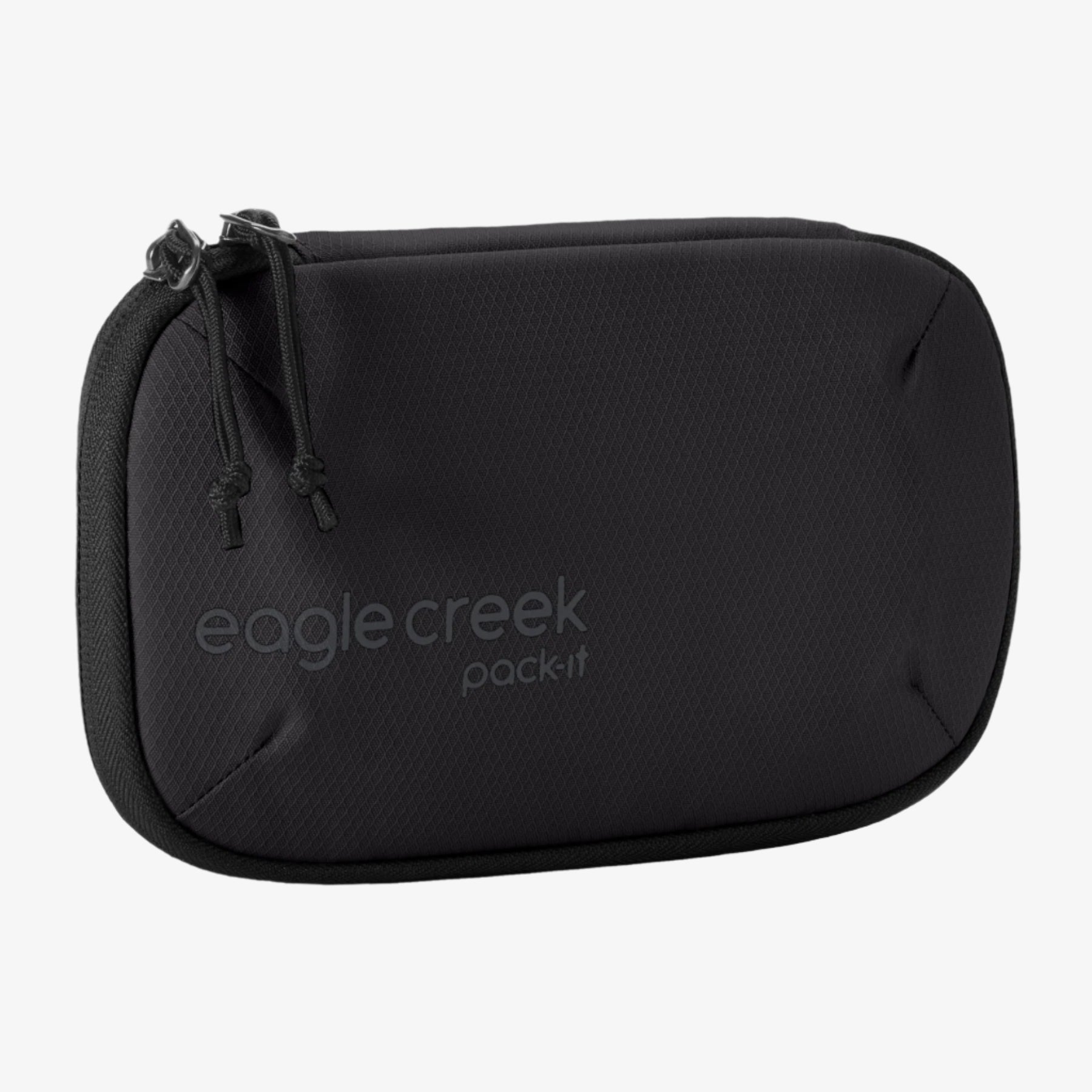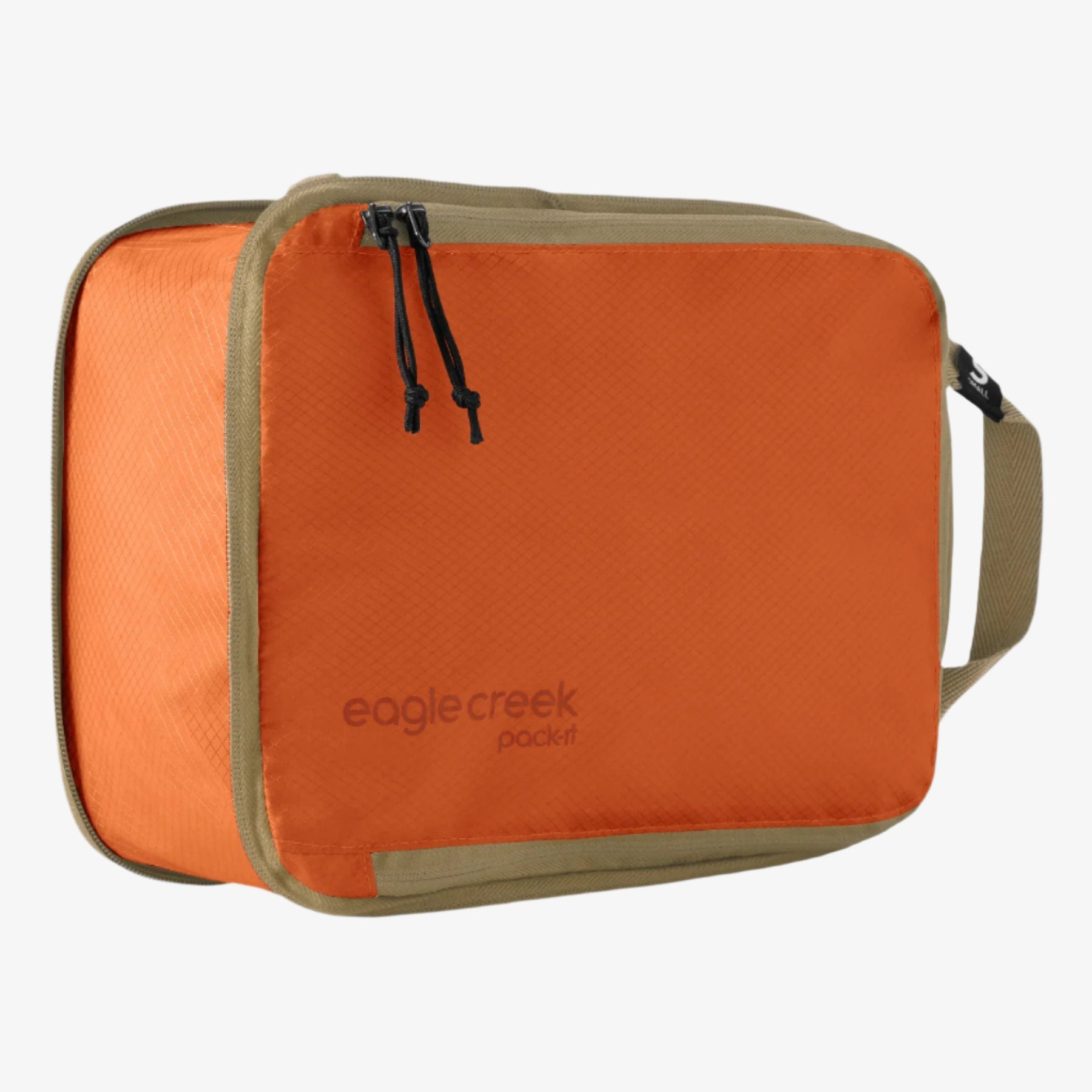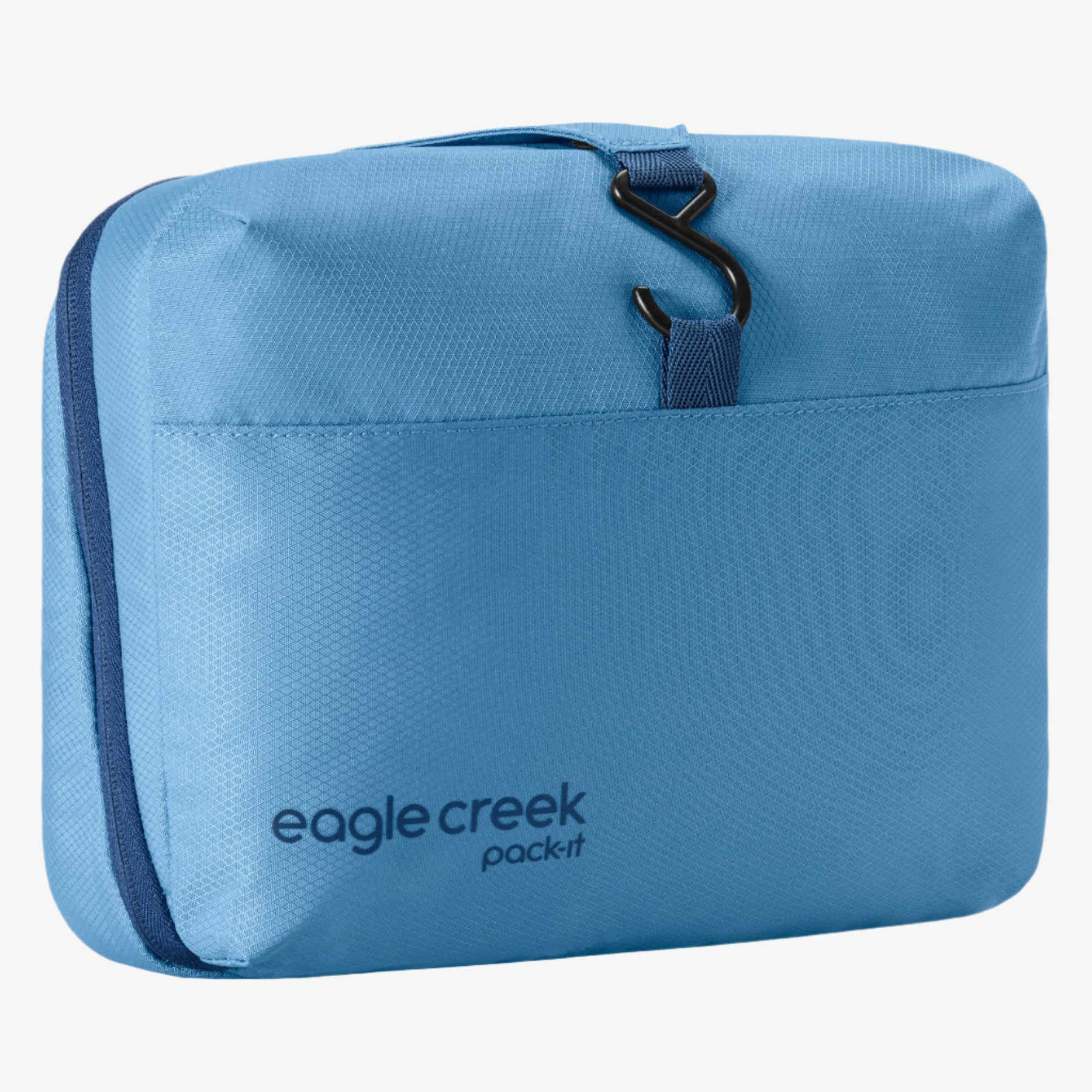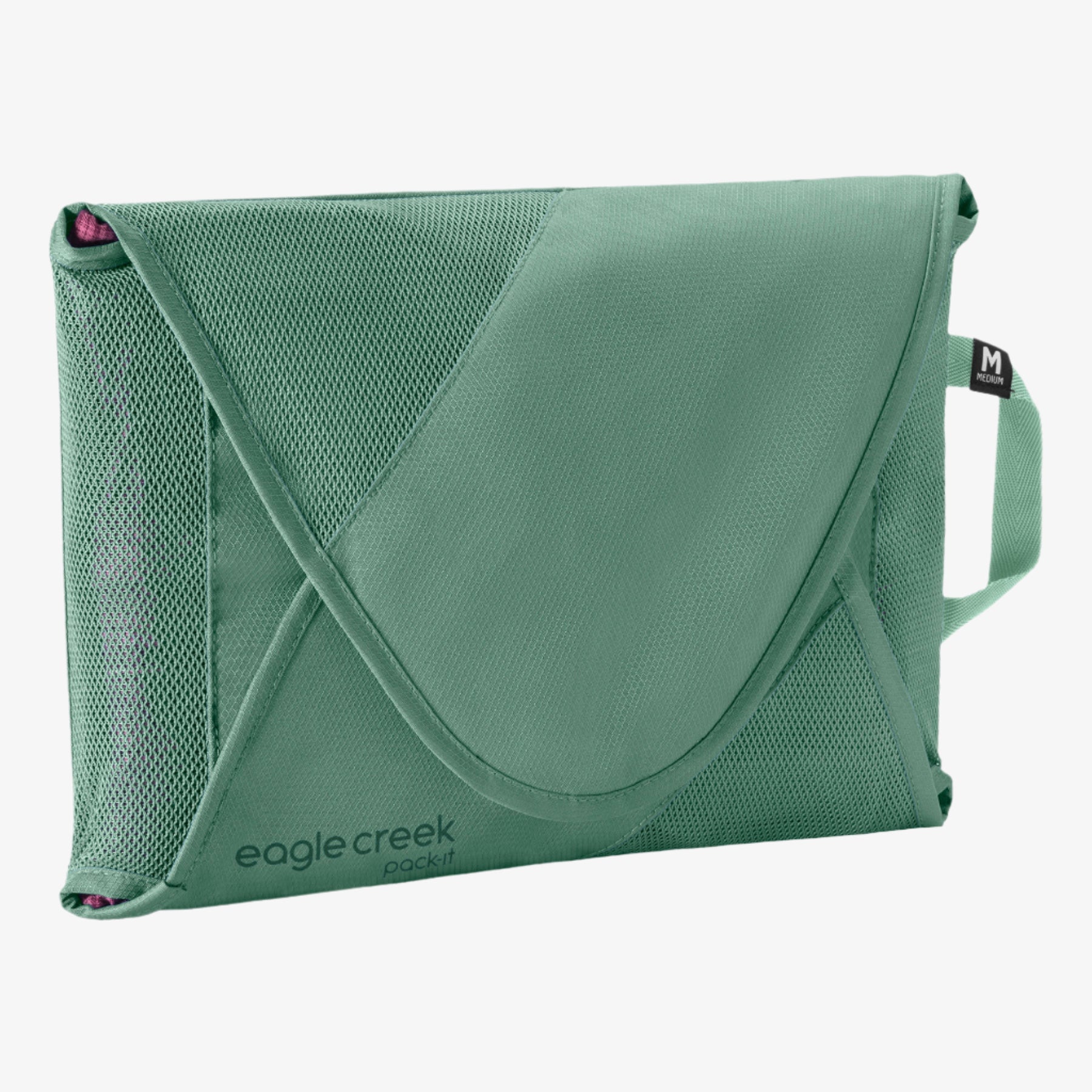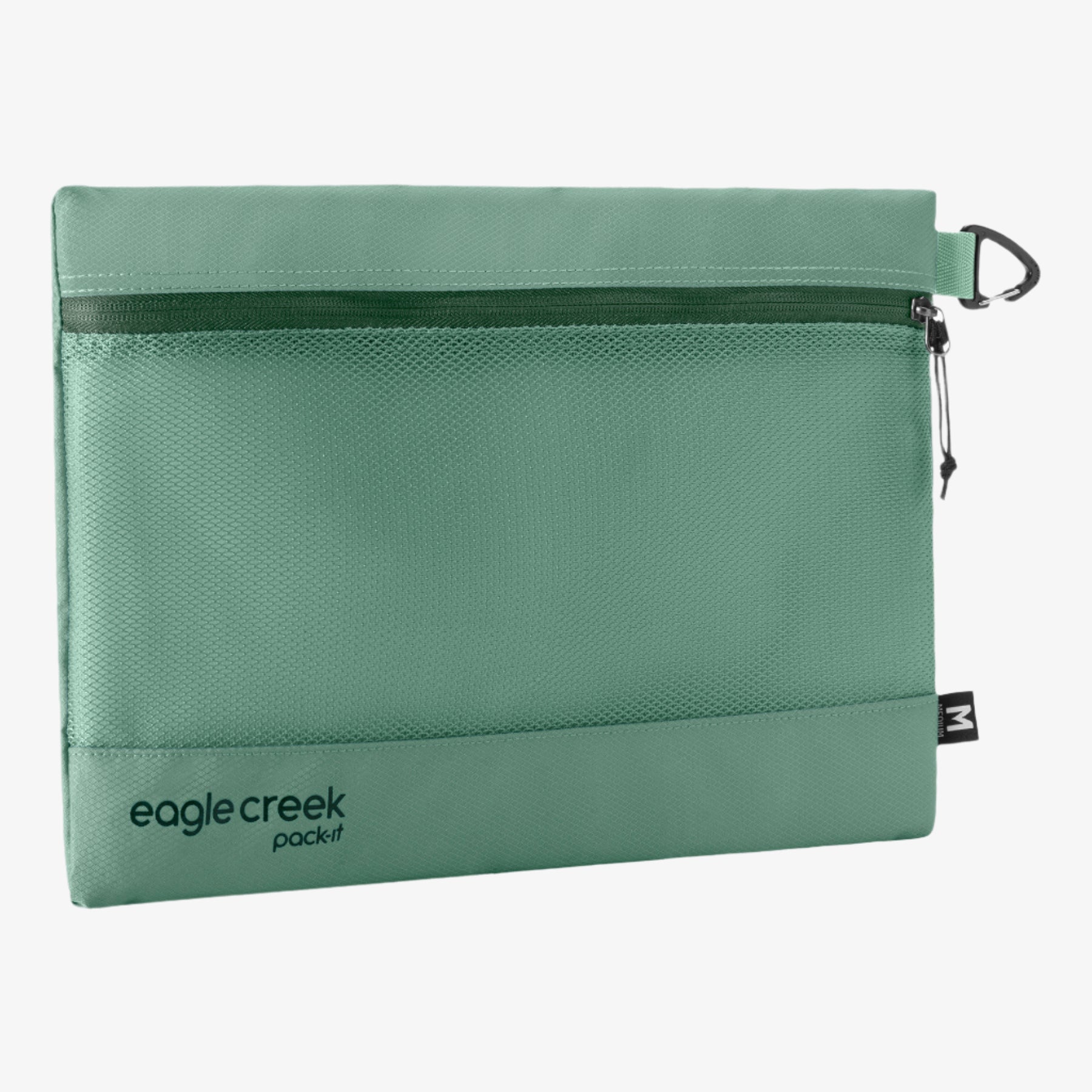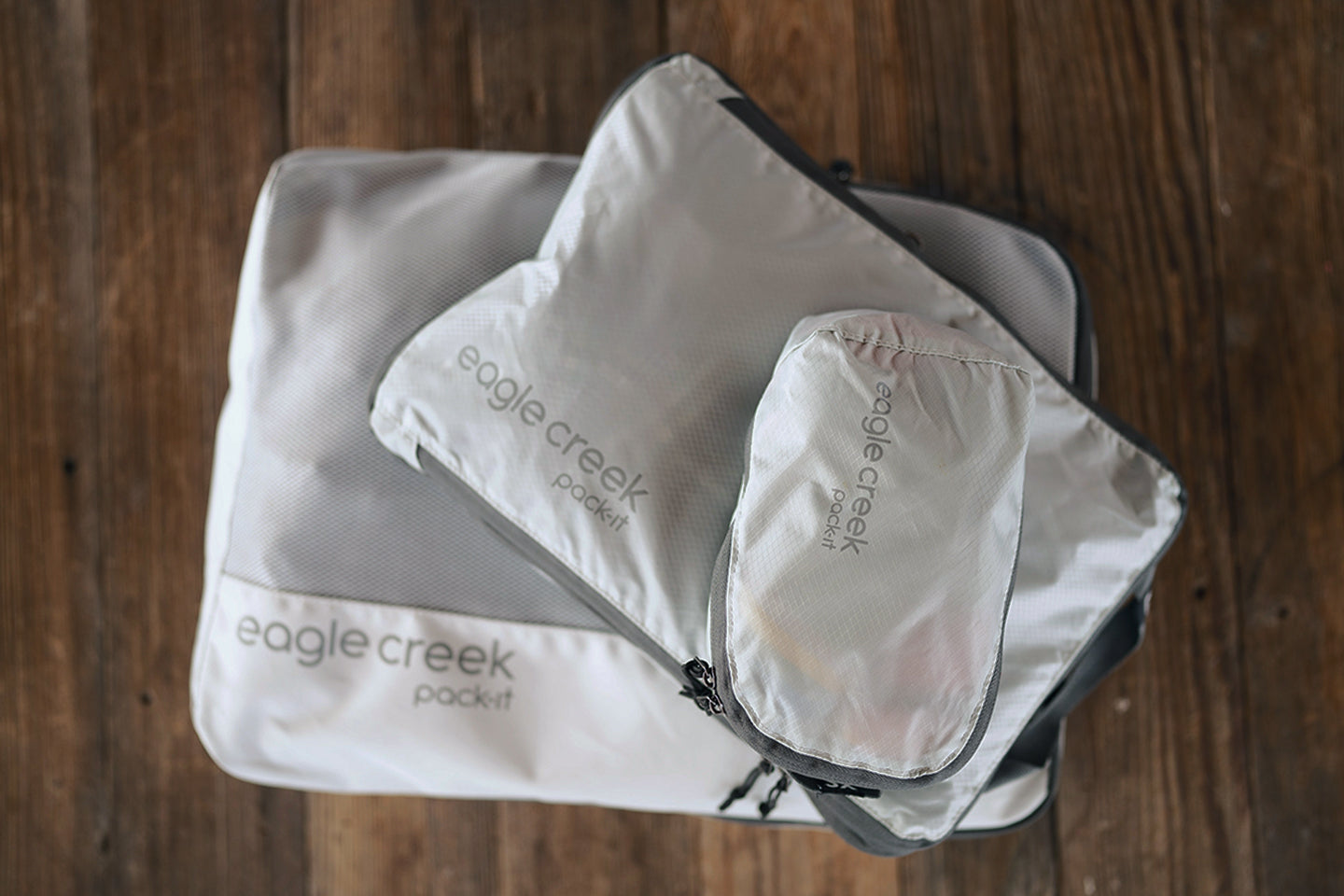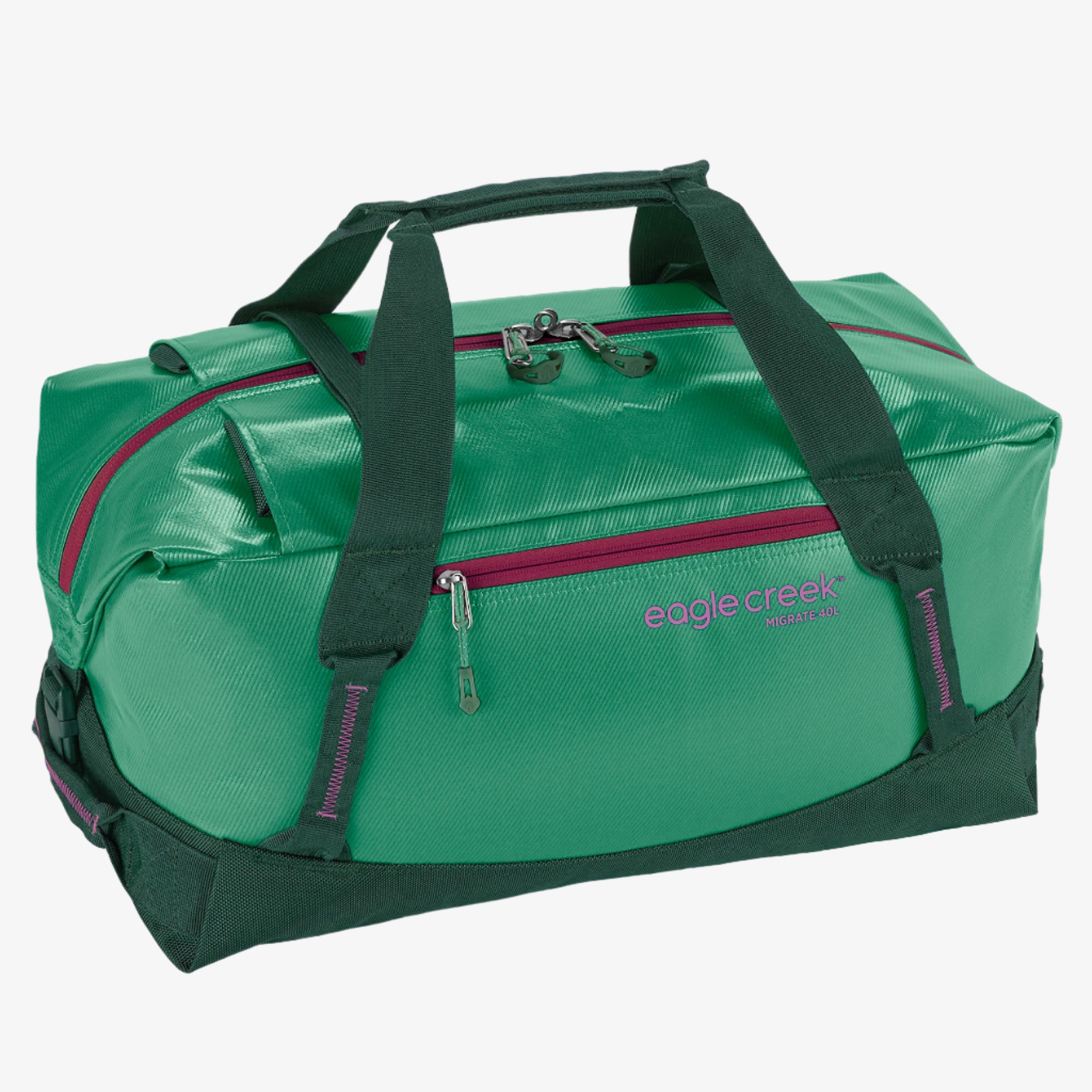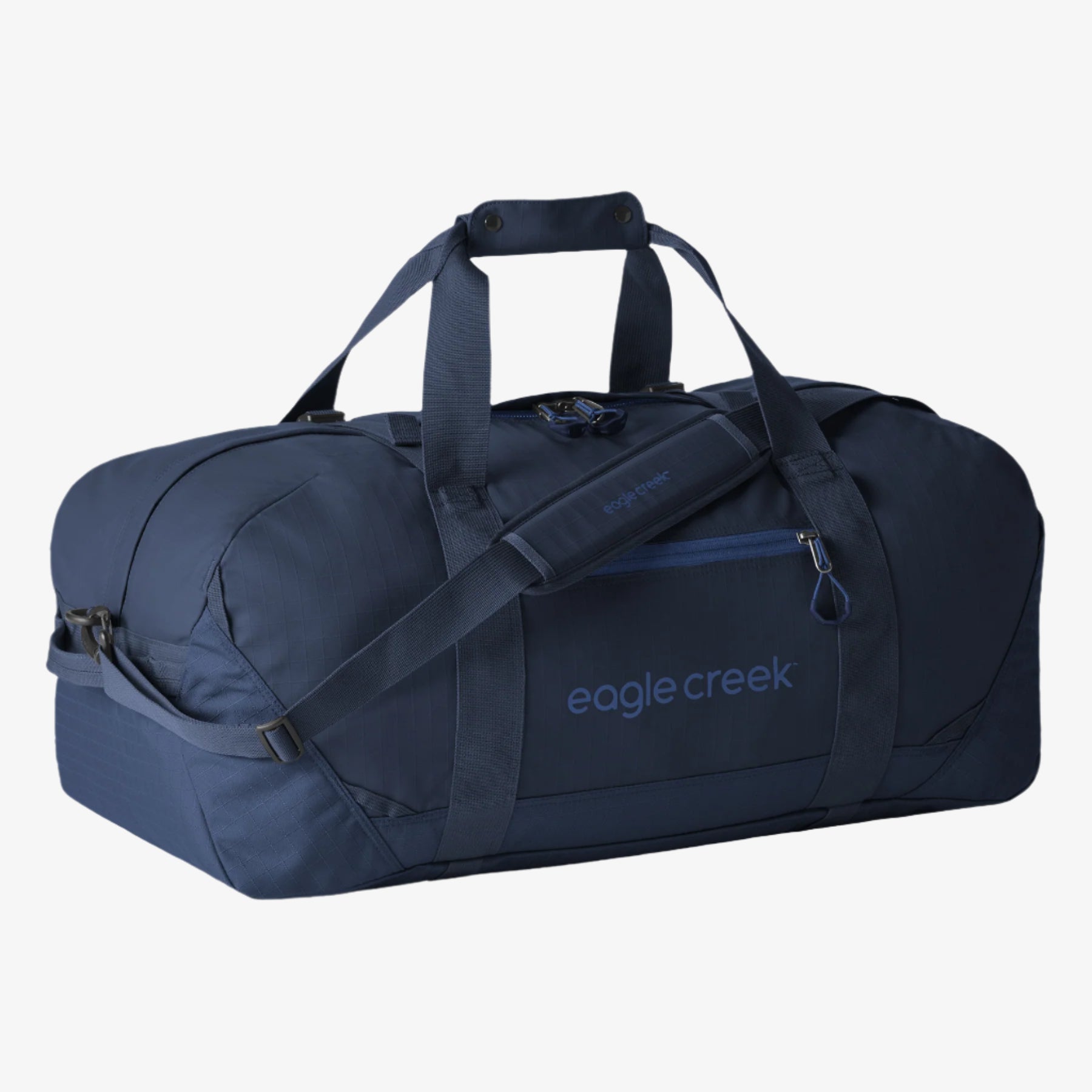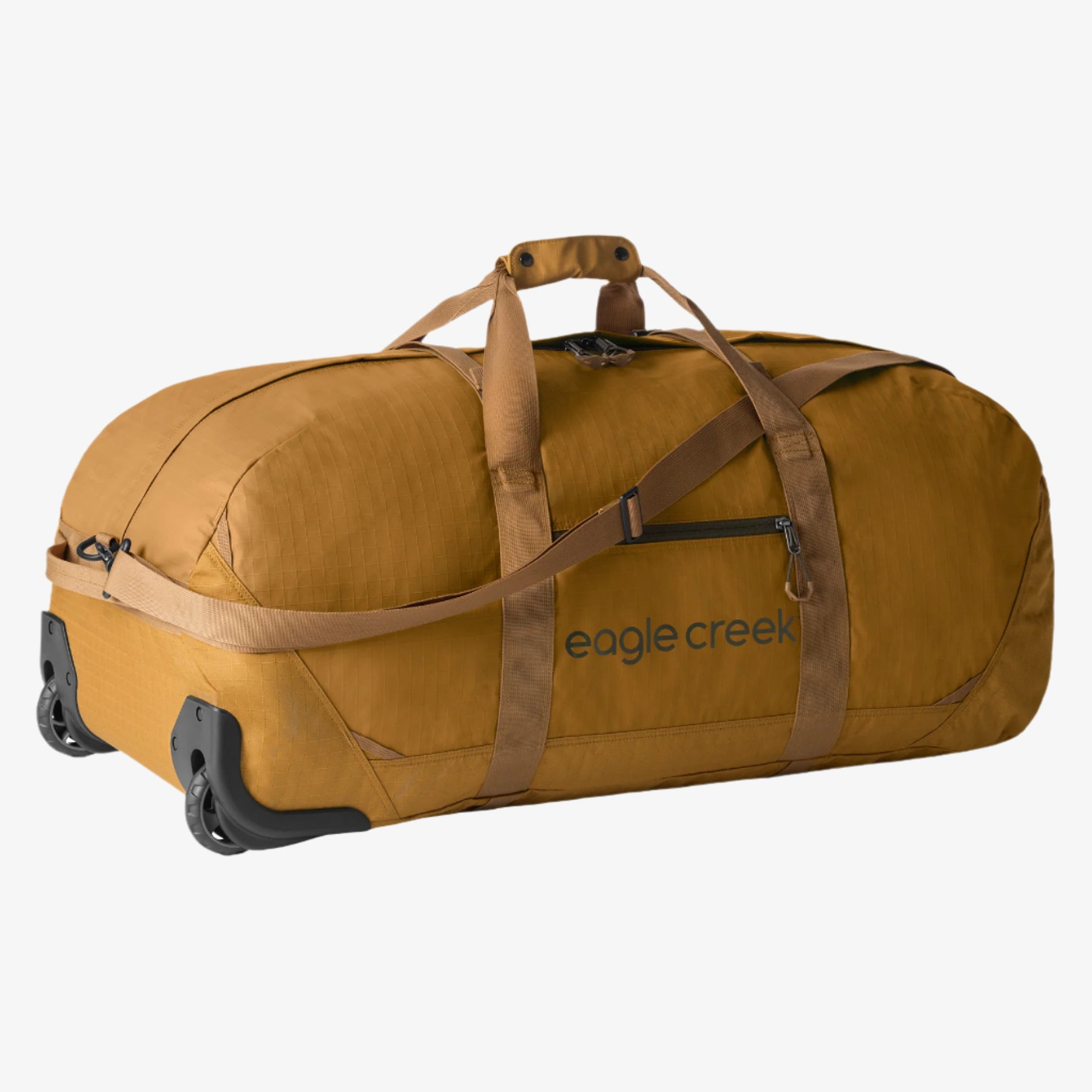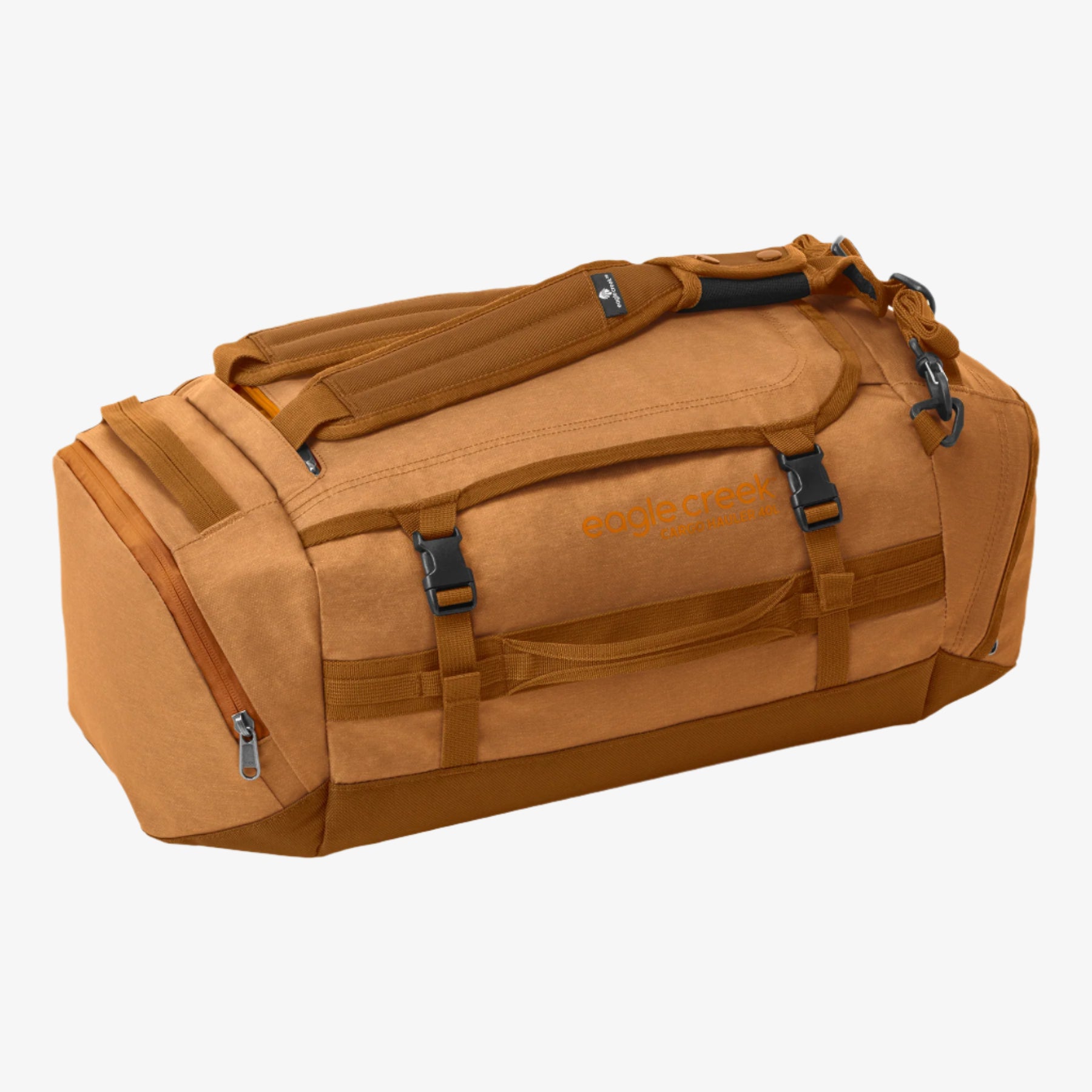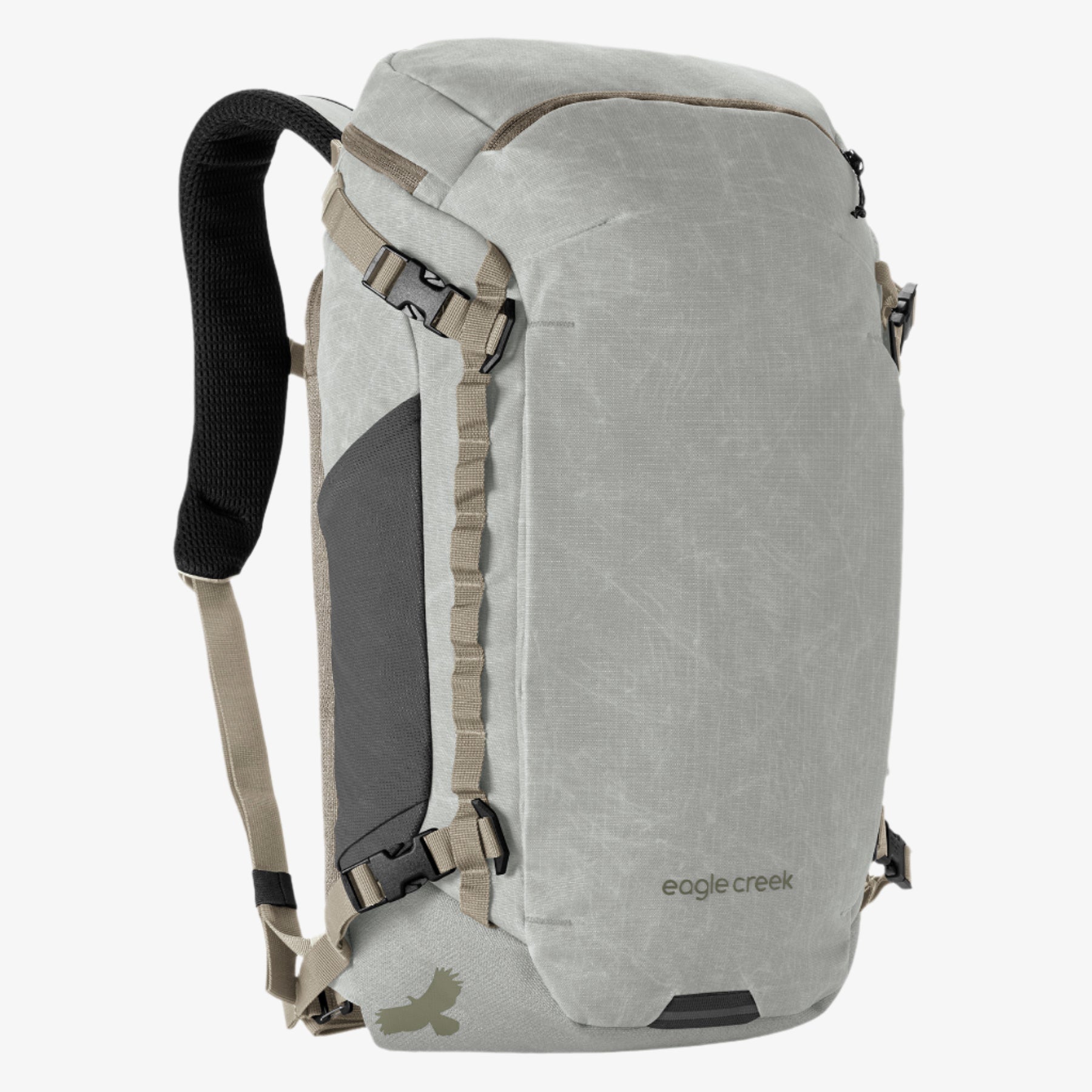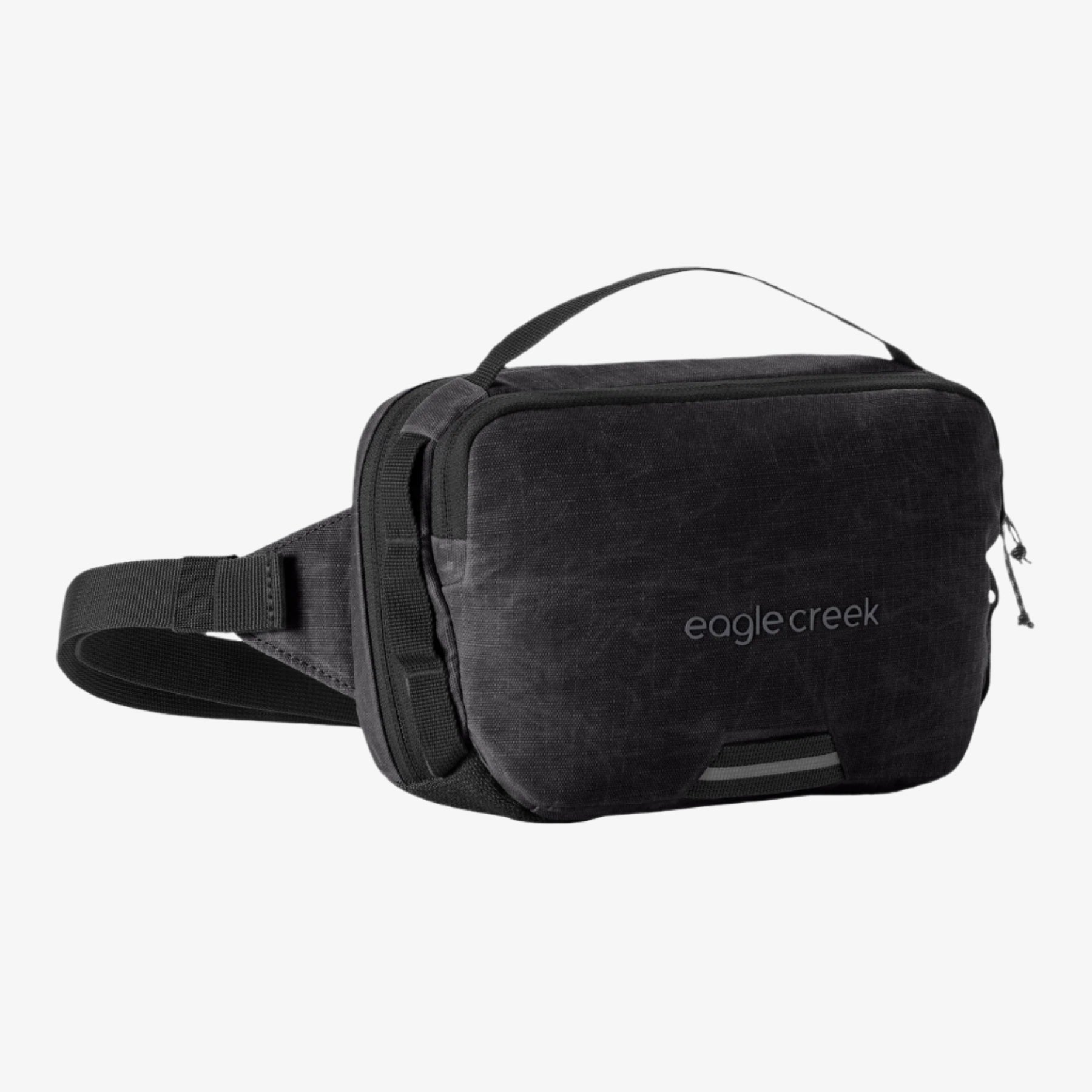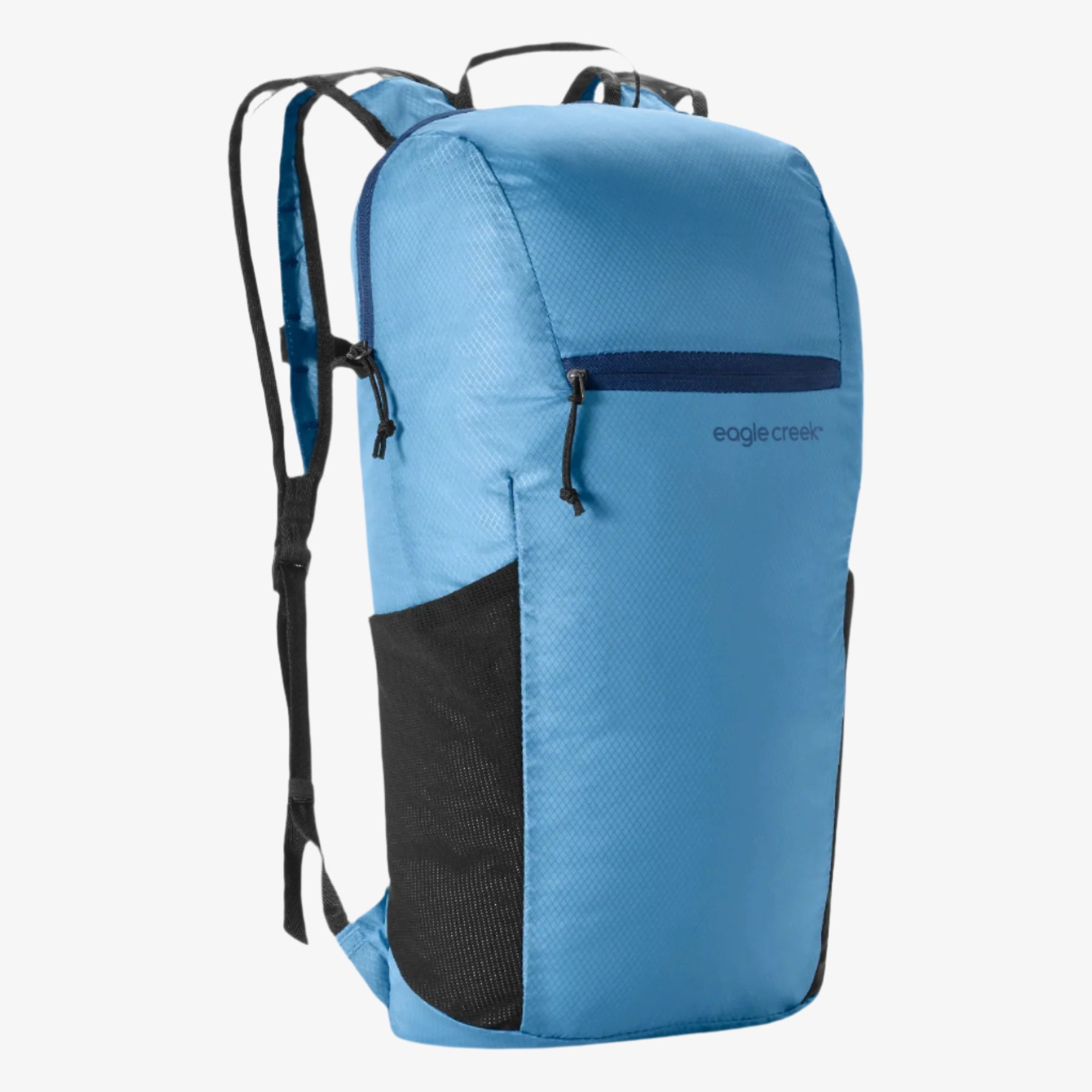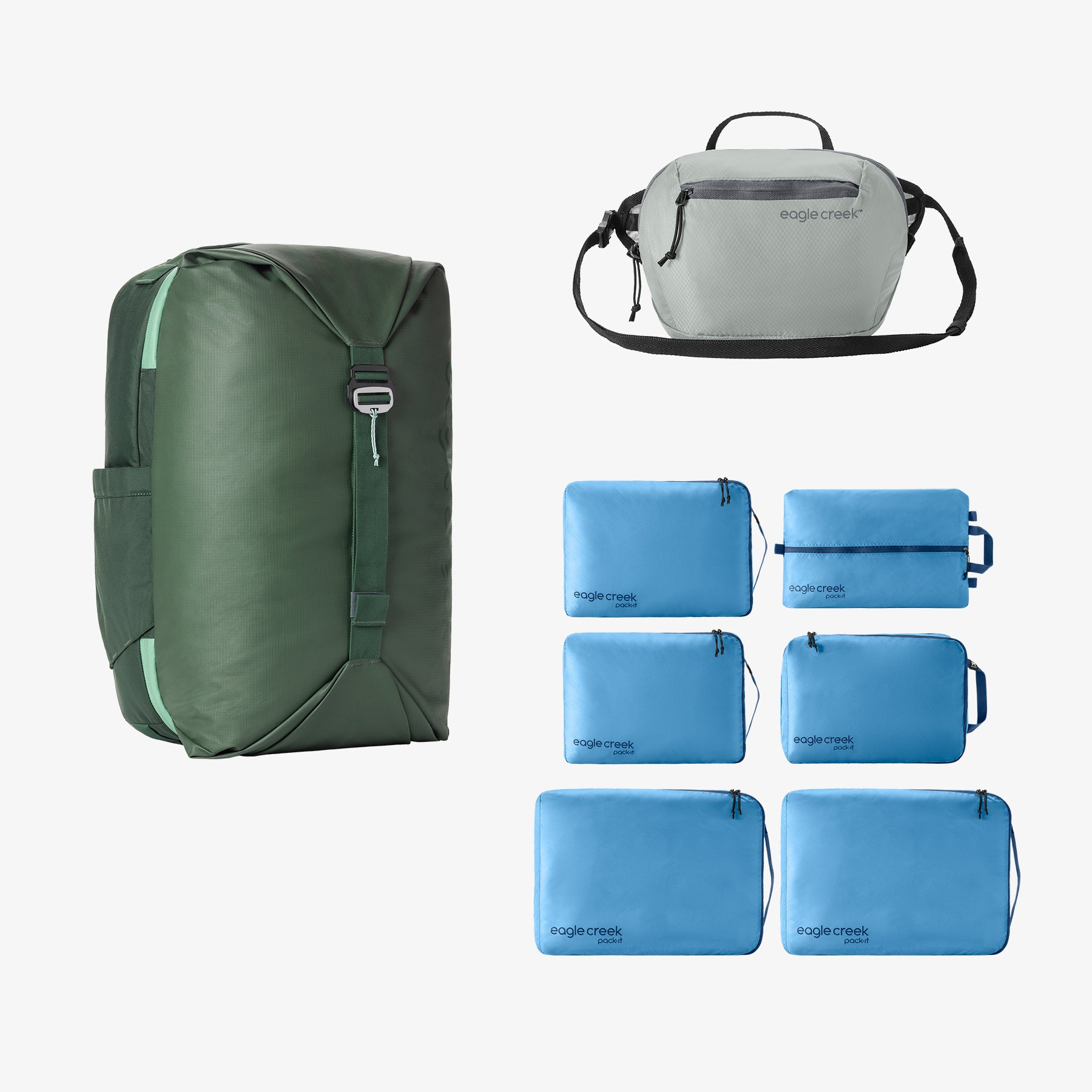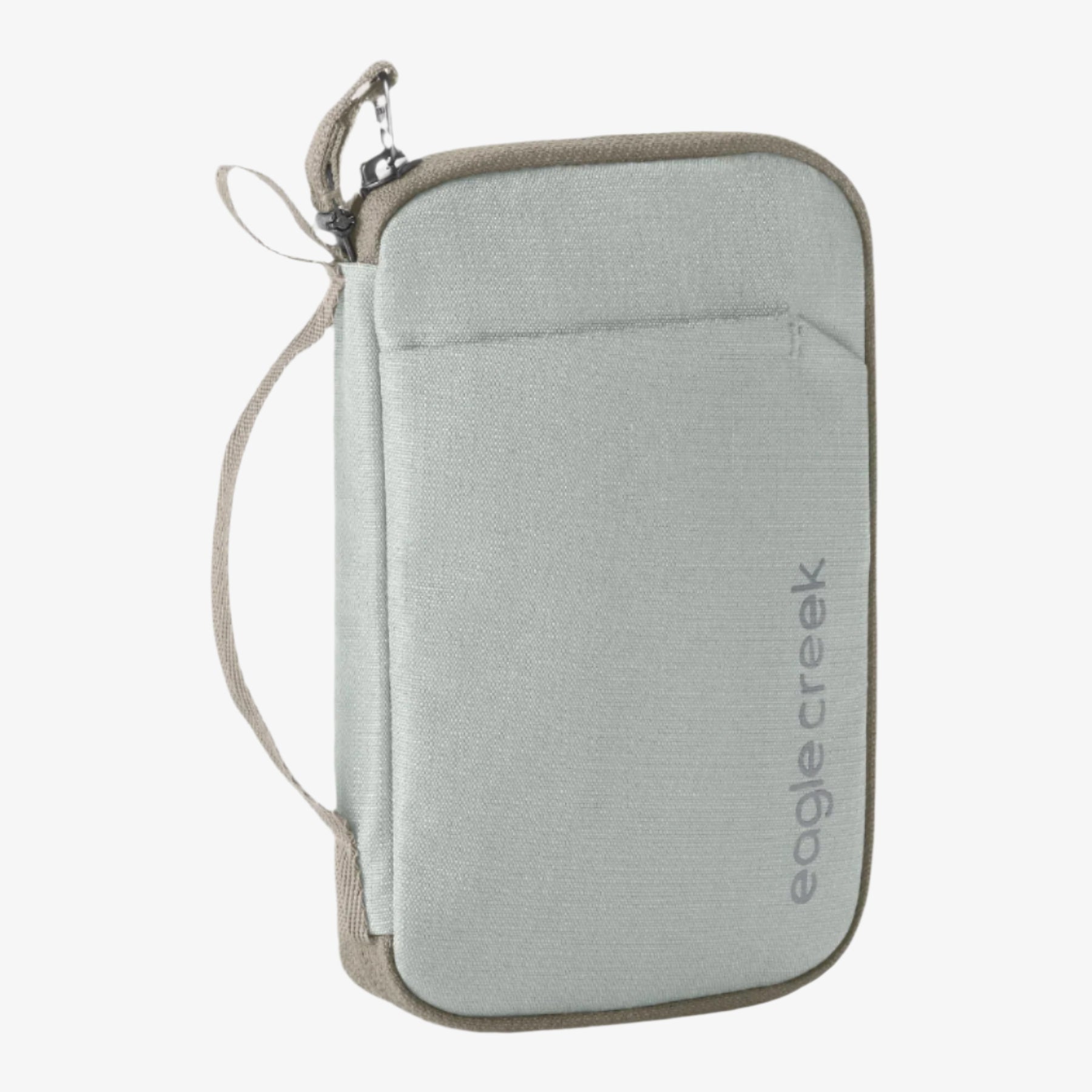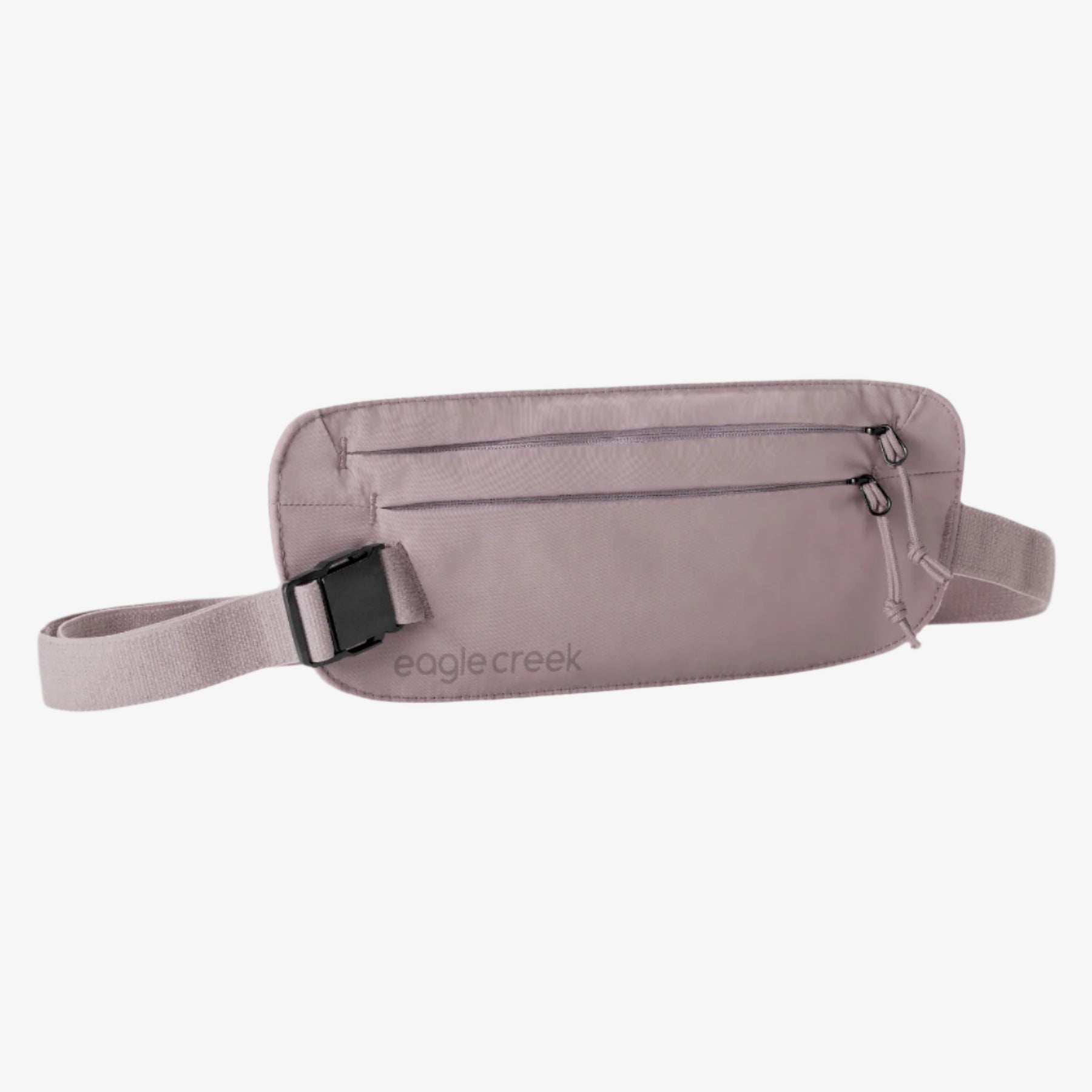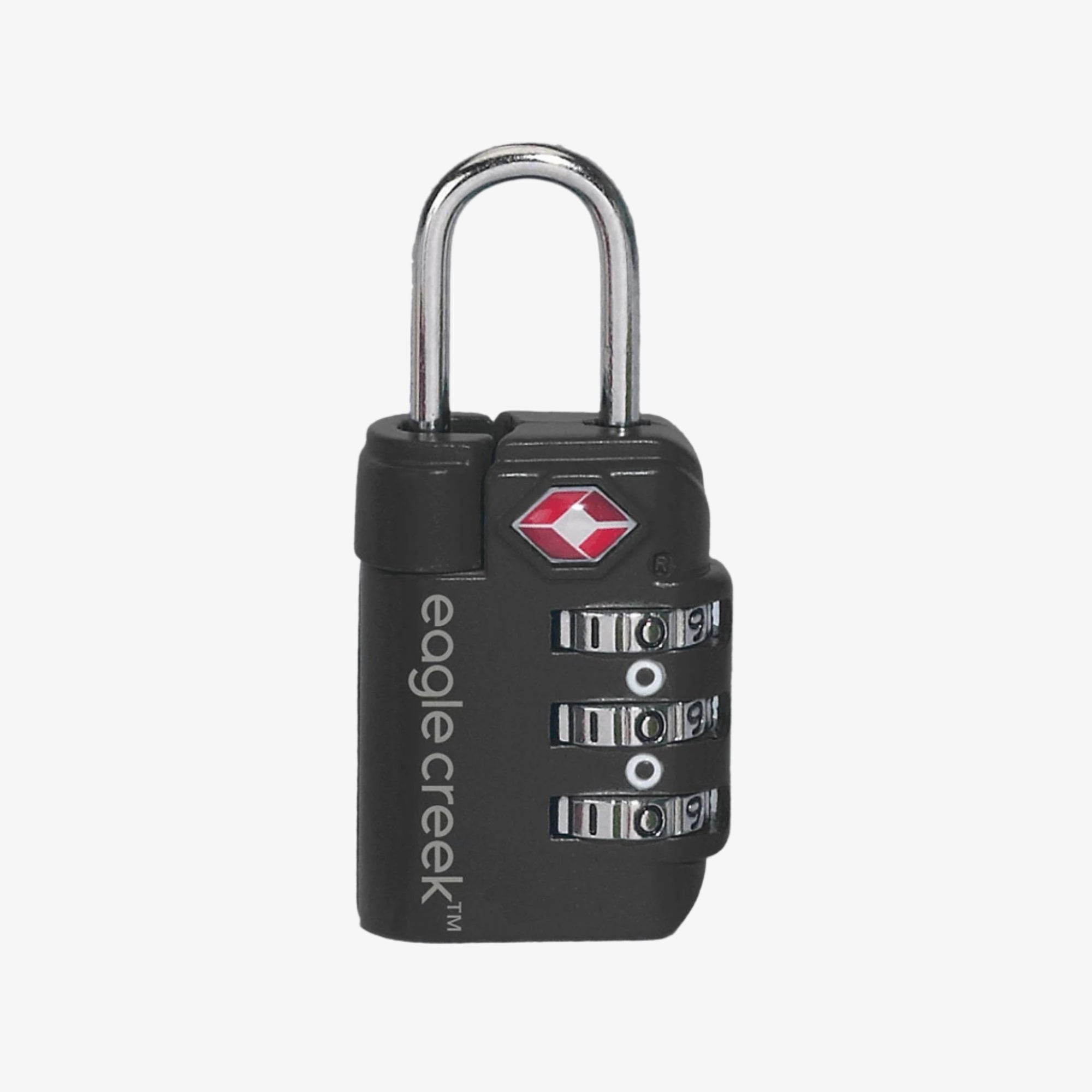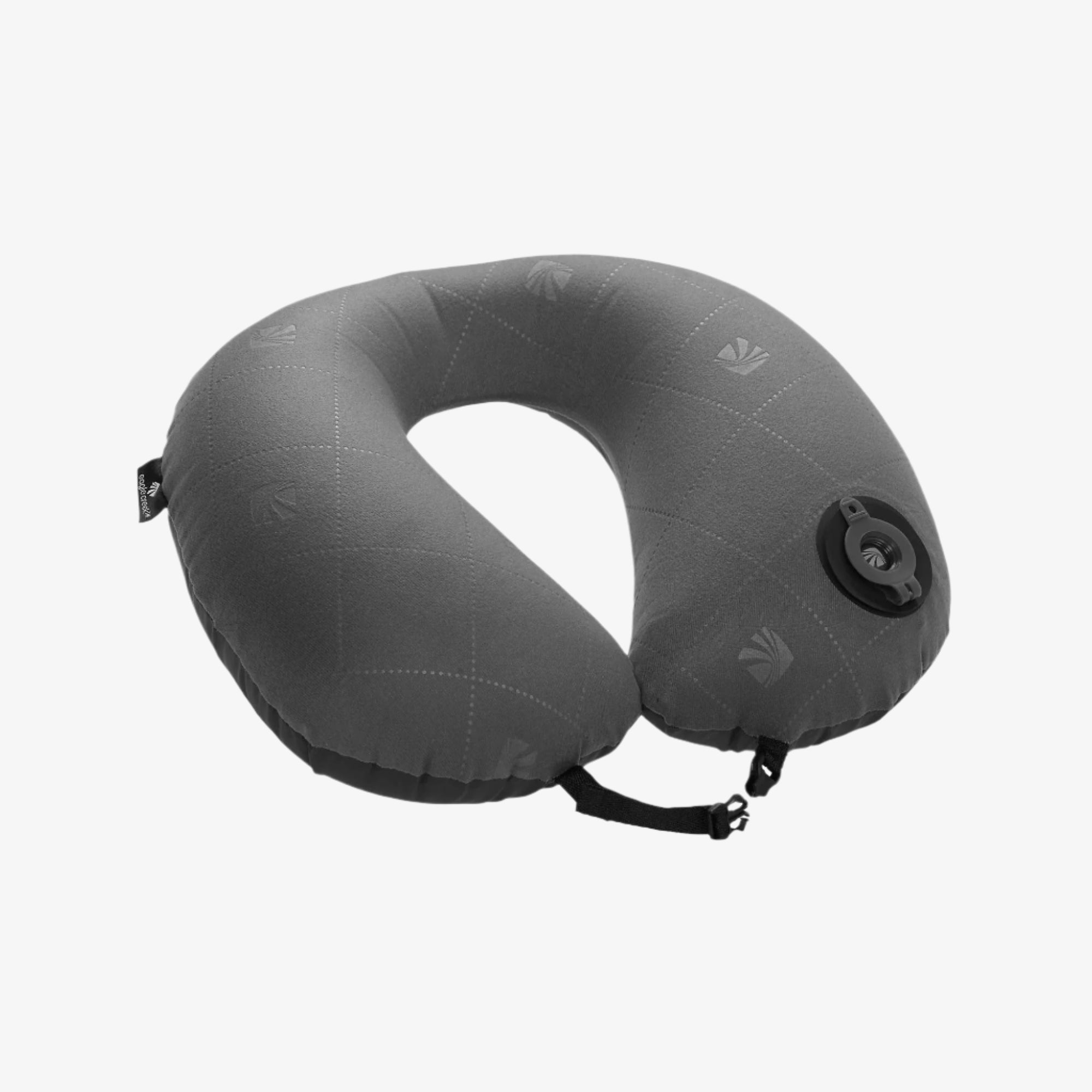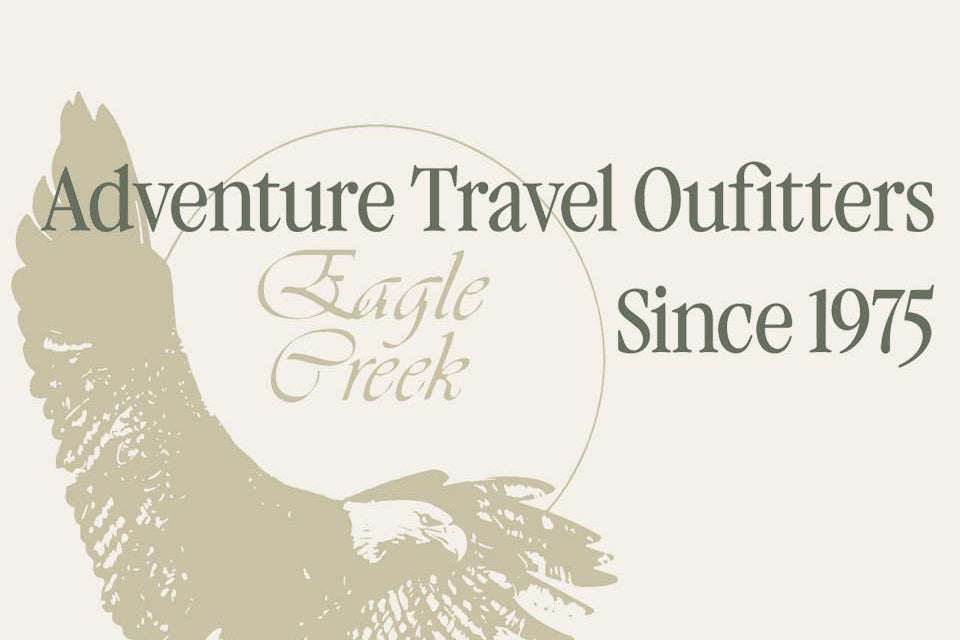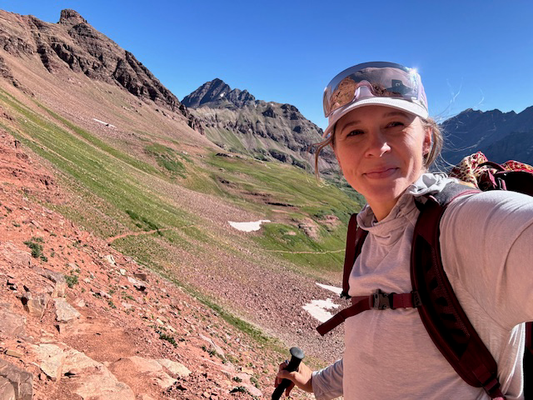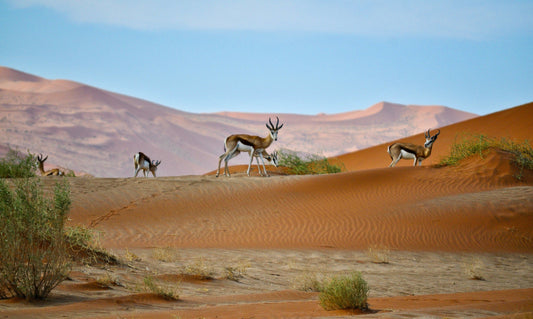Think Beyond Leave No Trace When Outdoors
Heading into the great outdoors? Make sure minimizing your impact on the natural environment is front and center of your trip planning with these tips.
Getting out into nature is something we’re all craving right now. And, while it’s incredibly invigorating and wonderful for our mental and physical health, we also need to consider the impact our presence has on the natural environments we’re passing through. Beyond the Leave No Trace principles there are plenty of ways to immerse yourself in the great outdoors and think more holistically about stewardship of the natural world. To help you plan your trip, here are some key tips from being prepared and cleaning up after yourself, to enjoying campfires responsibly and respecting fellow outdoorists.
Plan Ahead & Prepare
Like the Scouts love to say; “Always be prepared.” This is true of any trip, but particularly so if you’re heading into the great outdoors. Being prepared means doing extensive research into the area you’re planning on staying in—looking up local wildlife and campsite facilities, along with familiarizing yourself with the Leave No Trace principles, planning how you’ll implement them, and ensuring you’re leaving nature exactly how you found it. Depending on your research, you’ll then need to plan out the equipment you’ll need, plus what to pack, for example if you’re planning on staying at a campsite with no clean drinking water, make sure to pack appropriate supplies, and think about how you’ll transport them back with you.
If you don’t plan and prepare important logistics like what to do with your garbage or where and how to set up your tent, and even the little things too, you’re more likely to make ill-informed and irresponsible decisions.
Pack everything you need for your outing in a handy daypack like the Wayfinder Backpack 30L or a super Packable Daypack if you’re hiking, or keep everything organized in the back of your car using a bag like the Migrate Duffel 40L if you’re car camping. Planning for every step and element of your time outdoors will make for a much more enjoyable trip and a better environmental experience.
Travel & Camp on Durable Surfaces
Whether camping, hiking, mountain biking, or climbing, stick to durable surfaces like developed trails, packed dirt, gravel, and sand to protect yourself and the natural landscape. Tromping over delicate plant life or through desert puddles can have a negative effect on a whole ecosystem.
Stick to areas that look like they’ve been well-traveled, don’t cut switchbacks, and if you’re doing backcountry camping, make sure doing the least amount of damage to vegetation as possible is front and center of your plan. Likewise, stay off of cryptobiotic crust or living soil when out west. It’s a fragile ecosystem that, once trod upon, is easily destroyed. Do your research into the area you’re planning to visit and try to plot out your campsites in advance.
Dispose of Waste Properly
Never throw trash or food waste into the fire. Most of it won’t burn and even if it does, it produces an unpleasant, even toxic smoke, and also attract wildlife, or remain as an eyesore for the next people who pass through. So if you packed in it, you must pack it out.
That can go for human waste too. Often you can bury solid waste and toilet paper in a 6 to 8-inch hole at least 200 feet from water, but if you forgot your shovel or are in an area where digging isn’t possible like a river bed or rocky desert or where a park prohibits it, you’ll have to use a wag bag and carry it out.
The same goes for fruit peels, cores, and snack wrappers. Don’t throw anything into the woods or under a rock, always pack it out and throw it away in a trash can back at the trailhead, or stash it with you to take home. Keep it all contained using a bag like the Pack-It®®® Reveal Shoe Sac.
And, when it comes to biodegradable soap and wastewater, it’s not biodegradable in water, so don’t wash dishes or yourself in or near any natural water source. Instead, just wipe them down with something like the TravelLite Towel XL and save the real washing for home or a designated campsite.
Leave It How You Found It
It can be tempting to pick a flower, collect pretty rock specimens, or pocket a fossil, but it’s best to appreciate it where it’s at and leave it be. Not only will more hikers and campers be able to enjoy it, but items in nature could be food or home to any number of creatures. If you stumble upon something that might be of historical significance, make note of where you found it and report it to a ranger station after you hike out.
And, while immersing in your surroundings is the name of the game, you can do this without altering anything. Even small things you may think insignificant like stacking rocks in riverbeds, carving initials into trees, or breaking off tree branches for a campfire or a more comfortable hammocking experience can all have big impacts on the local environment.
Minimize Campfire Impacts
Campfires can do a lot of damage in the outdoors, so it’s important to follow Leave No Trace principles when building a fire. Being responsible and vigilant is vital. Start by building a campfire in an established ring if there’s already one there. If not, pick a spot far from brush and overhead leaves, and clear the surrounding area of any dry materials that might catch if a spark goes rogue.
Using only dead and downed wood or wood you purchased nearby, keep your fire small and contained, and always have sufficient water on hand to douse the fire or any sparks that threaten to ignite anything outside your fire ring. Never go to bed or leave your campsite without dousing the fire so completely you can put your hand over the coals without feeling any heat.
And, of course, if it’s signposted that there are no fires allowed or the risk of starting a wildfire is high—like in drought-prone areas, skip the campfire altogether.
Respect Wildlife
Seeing wildlife in the outdoors is always a thrill. But part of leaving no trace means letting animals be animals and not disrupting them or their natural patterns.
Keep your distance from all wildlife. How much distance depends on the animal, but a simple rule is to hold up one thumb, close one eye, and if your thumb doesn’t completely cover the animal in the distance, you’re too close.
And whatever you do, never feed wild animals. Not only can it make them sick, it encourages unnatural behavior and interaction with humans, which can quickly become dangerous.
Be Considerate of Other Visitors
Be mindful of the fact you aren’t the only one outdoors. Be friendly when you see other hikers, fishers, or backpackers. Offer to yield the trail so they can have the right of way, especially to anyone hiking uphill. Keep conversations to a reasonable volume—remembering that many venture outdoors for quiet contemplation, and if you like to hike or swim or cycle with music, keep it on your headphones or turned down low so not everyone can hear it from half a mile away.
When you head outdoors, it’s important for your own safety, the natural landscape, and the enjoyment of all, that you leave no trace that you were ever there to begin with. So be smart, cautious, and considerate and enjoy every foray into the outdoors as you leave natural spaces better than you found them.
New to the great outdoors? Discover everything you need to know about wild camping.


